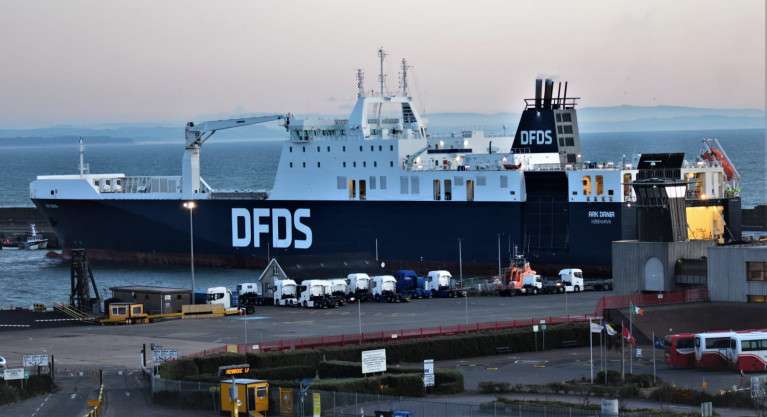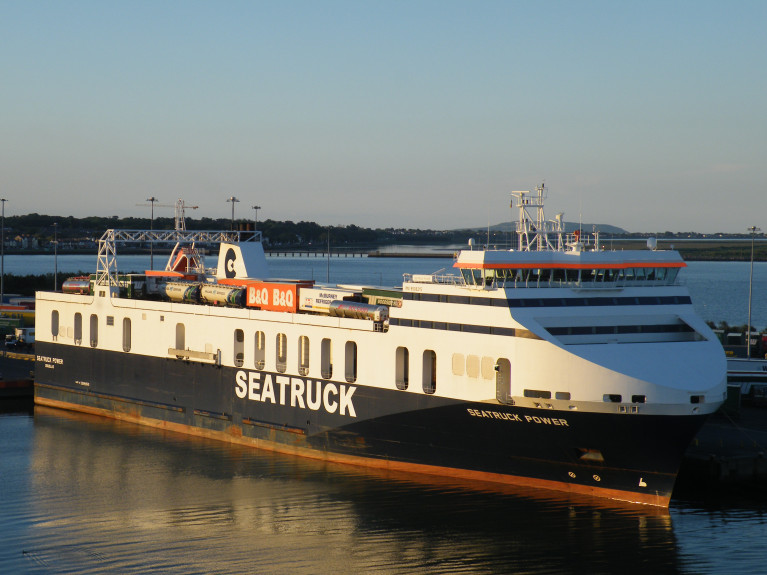Displaying items by tag: Freight Up
DFDS Reports Freight Up 31% Following Lockdowns in 2020
Ferry operator of the Rosslare-Dunkirk link, DFDS has reported monthly volumes for freight and passengers so to provide additional insight into the development of trends in the Danish company’s European route network.
Freight-ferry: Total volumes in May 2021 were 31.2% above 2020. Net adjustments for structural route changes reduced growth 3.2 ppt to 28.0%.
The extraordinary volume growth in May 2021 vs 2020 reflected a recovery from the significant volume reductions in May 2020 caused by Covid-19 related lockdowns. Volumes in May 2021 were 7.4% above May 2019 adjusted for structural route changes.
Volumes were above May 2019 in each of the four business units mainly carrying freight, i.e. North Sea, Baltic Sea, Channel and Mediterranean. Trading between the EU and the UK continued to be robust.
Passenger Ferry: The total number of passengers in May 2021 was 27.3% below 2020 reflecting the continued tight travel restrictions.
The June volume report is expected to be published on 12 July 2021.
Seatruck's Sailings Increase On Dublin-Liverpool Route
Freight ferry cargo levels continue to improve with Seatruck as a result the Irish Sea operator has announced the re-introduction of the 15:30 sailing ex Dublin Port on Thursday's and the 03:30 sailing ex Liverpool on Friday's.
This additional round-trip came in practise last Thursday with the ex Dublin sailing.
Seatruck have already reinstated Tuesday morning sailings onto the Warrenpoint – Heysham route. The operator say they continue to monitor cargo levels and evaluate customer feedback to determine the number of sailings required on each route.
The 'P' class vessels (currently operating on the Dublin-Heysham and Dublin-Liverpool routes) can accommodate 12 passengers in single cabins.
As for the 'FSG' class (currently operating on the Dublin-Liverpool and Warrenpoint-Heysham routes) continue to operate with a maximum of 6 passengers per vessel, allowing drivers to have a single cabin for the duration of the voyage.
For further information contact the relevant port for booking information.
In regards to the latest schedule information, follow the link HERE to the 7-day live schedule or download the Seatruck schedule App.
In March due to Covid-19 there was a temporary stop in carrying HGV drivers and passengers on board.
Currently in Dublin Port is Seatruck Power (as pictured above).
In addition Afloat also tracked Seatruck Panorama having left Dublin Bay and ahead further into the Irish Sea is a another 'P' class, Clipper Pennant.
Both these ro-ro freight-ferries this afternoon are bound for Merseyside.





























































